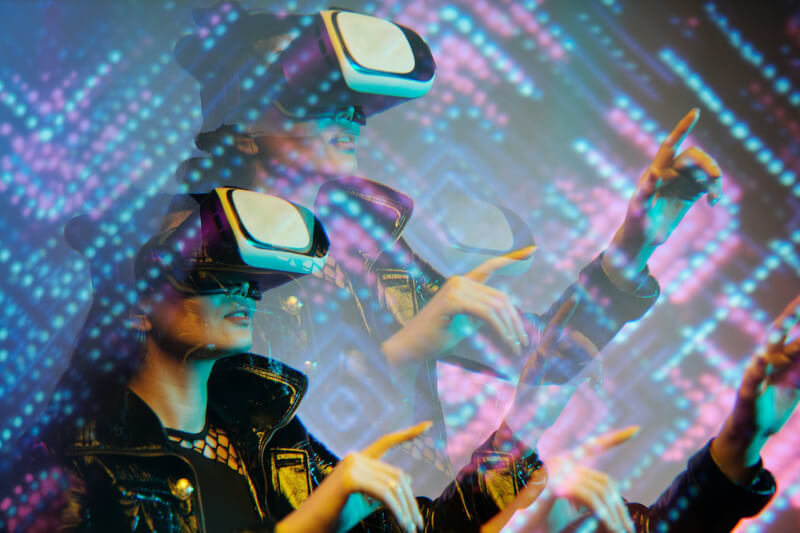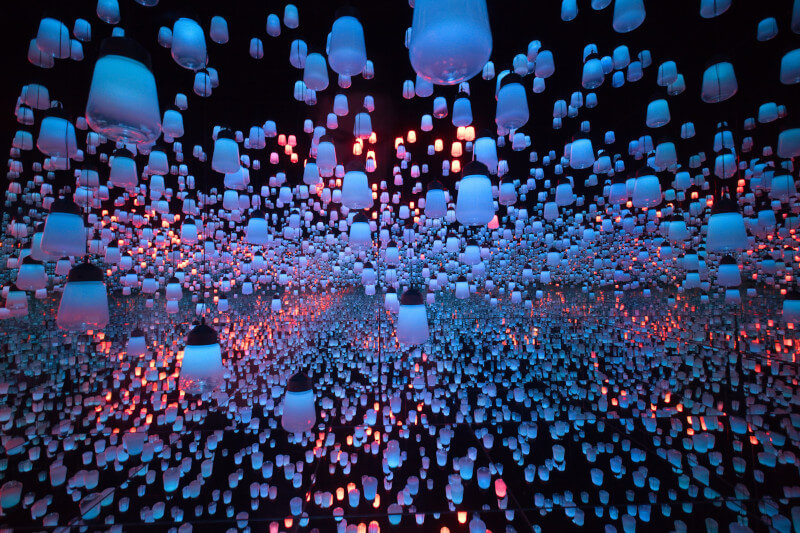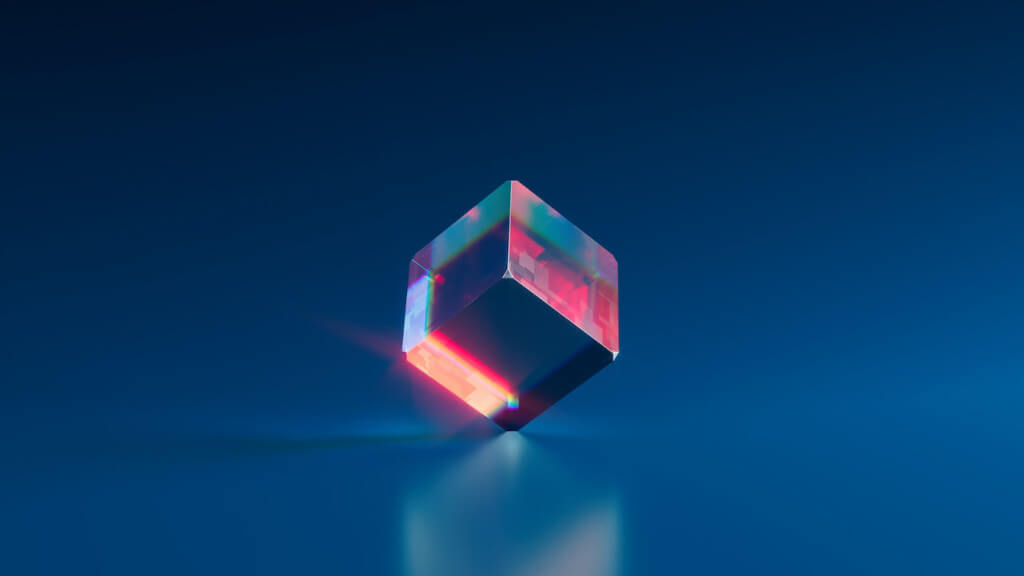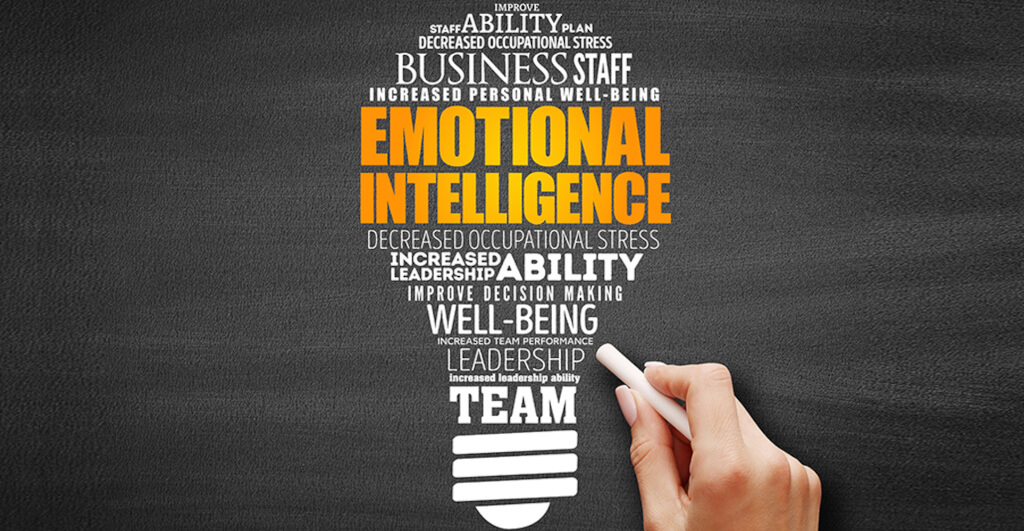Whenever I consider art, I frequently conjure up images of paintings and buildings from antiquity or the Renaissance in my head. My mind conjures up images of the most elaborate patterns ever created from a bygone era. However, I frequently fail to recognize the magnitude of the influence that contemporary art, particularly that which is spare and unadorned, has had on the society we inhabit today. Classes on art history or art from the Renaissance are typically offered to students in school, to shield them from the influence of contemporary artistic practices.
The development of new technologies within the art world is a significant contributor to the distinctive appearance of contemporary artwork when compared to the aesthetic tendencies of earlier eras. You could be wondering how technology could be useful in an industry that necessitates creativity and imagination; however, behind the scenes, it has paved a creative pathway for artists working in the present day.
Digital Art

The 1960s and 1970s saw the emergence of the concept of digital art for the first time. To integrate our new tech into the practices of the arts, a collaboration between artists, engineers, and scientists was necessary. Digital art was the initial technological advancement introduced into the sector of the industry. The set of drawings that garnered the most attention was created on an Amiga computer in the 1980s. After that, this particular style of art shot to prominence during the decade of the ’90s.
The proliferation of the internet greatly increased the opportunities for artists to exhibit their work online. Their writing received a lot of positive feedback and publicity from readers located all over the country. The use of digital art enabled efficient and speedy modifications, which meant that when comments and feedback were received, the artists were able to quickly adjust their work for their subsequent projects.
This particular kind of technological advancement was first shown to the public in London at an exhibition of digital art. Those who took part in this exhibition were able to develop a profound connection with the works on display and engage with them in ways that we had not been able to do previously. The production of this work was intended to serve as a necessary step for the world of art and its progression through the use of technology.
Not only does technology contribute innovative ideas to the arts, but it also values things like opinion and belief, among other things. Because of advances in technology, works of art are no longer restricted to a two-dimensional format and are no longer constructed by hand over months or even years.
It only takes a few minutes to come up with a design by combining elements of one’s mind, body, dialect, and surroundings. We are now able to express our creative selves through the production of the most conceptual form of art, which was made possible by the development of novel forms of technology.
A significant amount of technology and knowledge are utilized during the production of these works of art. To produce the most complicated invention, it is necessary to make extensive use of information systems, data, engineering, programming, pixels, and other similar tools.
Technology That Interacts With People

Artistic innovation is being employed so that people can engage with the pieces in the same way that they would on a physical canvas. Individuals engage with a piece of art that is projected onto a wall by tossing objects at it. The artwork takes on a variety of forms. When an object comes into contact with a piece of projected art, some sensors create a visual on the surface. You are free to create anything you like as long as it relates to the overall concept of the art and.
For instance, the background might depict a tropical island, and when humans interact with it, they could throw things at it to develop an addition to what was already there. This would be an example of an interactive background. Coconuts, starfish, turtles, and other sea creatures could be used as projectiles if certain accessories are thrown at them. It is an inventive method for getting the audience involved in the piece and having fun while doing so. It is a truly unique experience to be able to create your work within an existing piece that is being exhibited, as opposed to simply observing it.
This form of digitized art was initially created for children; however, as teenagers and adults demonstrated a greater interest in this medium, it was eventually made available to everyone. The human interaction exhibits at art museums and other types of museums have been improved to accommodate visitors of all ages. In this way, the crowd is not only engaging with the design, but also with each other and with anyone else who happens to be present at the time.
The Art of Performance

The internet is used extensively within the art market, both to publicize individual pieces as well as gather information regarding the preferences of art buyers. Because artists, at the end of the day, have to earn money, using internet resources is quite beneficial in this regard.
Some people even use computers as a means of understanding introspection on their work and observing it through the screens on their computers. The use of moving technology in performing arts is a significant development in the sector because it enables artists to inspire their audiences. Other moving artists were inspired to use particular kinds of technology as a result of two technological milestones that occurred in the 1960s.
Time, space, the body, and presence are the four elements that are involved in performance art. All of these things are affected by the relationship that the artist has with the community and the people who buy their work. This type of art could be exhibited in a variety of settings, including streets, museums, large public events, and more.
They are designed to not only display an aesthetic sense, but also a sense of originality. In most cases, they are extremely controversial and center around a particular topic in an attempt to garner momentum and both positive and constructive feedback from the individuals who see them. Because the artists want their work to be recognized as being “unique,” they purposely include potentially divisive elements that will stick in the minds of the viewers.
Tamiko Thiel
Tamiko Thiel is a talented artist who has made significant contributions to the field of digital art. She was the design director of MIT’s Connection Machine 1, which is considered to be one of the most cutting-edge artistic technologies that utilize elements of AI. Within the realm of digital art, as well as on a global scale, she has a significant amount of name recognition. To make a name for herself in the art world, her artwork incorporates a variety of unconventional topics and styles. Her work utilizes very in-depth technology in collaboration with other creatives as well.
She advocates for others’ causes and showcases her work by participating in podcasts and other forms of social media. She worked on a special digital art piece for kids diagnosed with serious conditions so they could play with them while in the hospital or on bed rest.
Not only did they contribute to the artwork, but they also had the opportunity to interact with other kids who were in the same situation as them. She is also an advocate for a clean and healthy environment, and as such, she has developed virtual reality projects that show us how our actions are detrimental to the natural world. Some examples of locations include Antarctica, cities, and the depths of the ocean.
Outcomes
The field of art as a whole has witnessed significant leaps and bounds forward in terms of technological advancement. In addition to the application of technology in the production of art, a wide variety of other sorts of inventions are also involved. Because of advances in Artificial Intelligence and Virtual Reality, we now can demonstrate our artistic prowess in previously impossible ways. The development of digital art has reached such a high level that it is now possible to give our projects motion.
Performance art is receiving a lot of attention recently, and it is successfully capturing the attention of people who enjoy looking at art. Projects are being utilized not only for public relations but also for the promotion of public welfare. Theil utilized art as a means of bringing happiness to sick children and of making the public aware of problems that exist in society. By having a virtual reality (VR) project in which the viewer would see beneath the water and how our acts are negatively affecting ecosystems there, she was able to shift knowledge about the importance of maintaining a healthy environment.








